|
By Amber C. Snider Kristen Sollée discusses the spiritual and ancestral power of place, witches of the ancient world, and her most memorable experiences while traveling for her new book, Witch Hunt. In her latest book, author Kristen Sollée guides readers on a mystical journey to uncover the legacy of the witch figure across Europe and North America. Part memoir, part travelogue, Witch Hunt (which debuted earlier this month) explores both the power and persecution of the witch, offering historical insight into witch hunts in Italy, France, Germany, Ireland, the United Kingdom, and the United States. Amber C. Snider: Have you ever come across a place (while working on this book or otherwise) where you felt you've always known it in some way? And that it was profoundly familiar? Kristen Sollée: Absolutely. That feeling is one I have often encountered, and it was a driving force behind writing Witch Hunt. I wanted to tap into the magic of place with this book, and the energies and entities one might pick up on in different locations. A memorable example of this experience is how I’ve always taken so effortlessly to London ever since I first visited almost 15 years ago. I never felt uneasy, I never felt lost, it just seemed 'right.' There was a calm that overtook me the first time I walked the city’s streets. All I can say is that it’s probably because I have a lot of ancestry from there, that it was a real return for me. ACS: Do you think we have spiritual or soul attachments to different locations because of reincarnation? KS: I definitely believe we can have spiritual connections to different locations, but for me it’s not about reincarnation but specifically ancestral connections. I know there is cellular memory within us, and I have felt a strong homecoming, an electricity throughout my body when I visit certain places. Through genealogical research, I have later come to realize that many of those places are where my ancestors have lived. Places are alive with the dead who once lived there, so in that sense, the land can be as much of an ancestor as a living person. ACS: How would you describe the connection between mythology, the witch figure in history, and travel? KS: Well I like to think of the witch as a traveler. Over thousands of years the witch has crossed continents, appearing in the art, literature, mythology, and magical practice of disparate cultures, shifting shape and imparting us with various ideas about sex and gender, magic and power along the way. Witch Hunt specifically focuses on the early modern European witch hunts and that legacy of persecution, so I am talking here more about the witch in the conceptual region we call 'the West,' because of course, witch figures exist in most cultures around the world. Witches of the ancient world (Mesopotamia, Greece, Rome) are very different from the witch figures of medieval, early modern, and contemporary times, but they share similar attributes (often designated female/feminine, have magical abilities that are suspect/ feared/ subversive). The travel I undertook for the book research was a way to follow this serpentine path that the witch has taken from ancient times to the present. It allowed me to explore these links more than I could if I just sat at home, reading. There’s no substitute for seeing ruins and churches and landscapes that contributed to our understanding about what or who the witch is in art, literature, mythology, and magical practice. Amber C. Snider: Out of the 'seven countries and forty-five cities, towns, and villages' you visited while conducting research for this book, what was your favorite location? KS: It’s impossible to choose! I honestly don’t have a single favorite. But I have always loved traveling throughout Italy, and it was an equally wonderful place for 'witch travel.' Triora in particular is a treat because the scenery, the history, and the town itself are just incredibly compelling. Perched high in the Italian Alps near the French border, Triora has often been deemed the 'Salem of the Mediterranean' because there are multiple museums dedicated to memorializing the town’s 16th century witch hunt and a lot of contemporary practitioners gather for rituals and neo-pagan festivals there. I arrived just in time for a beautiful Midsummer/Litha ritual when I visited, complete with early modern music and a fire ritual that snaked through the medieval stone streets. ACS: What was the strangest experience you had while working on this book? Did anything out of the ordinary happen in your travels? KS: There were many synchronicities and unexpected occurrences during my travels, it was a very strange research process overall. But I’d say that the ghost hunt I went on in Lancashire certainly was a wild experience. There were multiple spirit boards used during visits to centuries-old sites and a lot of messages came through that I was NOT expecting… ACS: You 'debunk' a lot of myths and misconceptions about the Roman Catholic Church/Vatican in the chapter 'Witch's Guide to the Vatican.' Why was this an important component to include in the book? KS: There’s so much misinformation about the witch hunts, and I continually find myself unlearning erroneous beliefs about the period the more I read. The Catholic Church figures in so many of these myths that I wanted to include a visit to the Vatican in the book. Many accused witches in early modern times drew their rituals from Catholic liturgy and prayer (and often threw in a little something else from popular folk magic, too). You really can’t separate the witch hunts from their Christian context, nor our ideas about the archetypal witch. So I wanted to explore these ideas through the artifacts I found in the Vatican Museums. The art on view is just incredible, there is so much art that features pagan deities and symbology. You’ll see Sekhmet, Athena, Aphrodite, etc. around every corner! I think the biggest takeaway from my trip there was how the line between Christian and Pagan is blurry at best, as much as the clergy would like to pretend it’s not! ACS: Was it difficult, from a writing perspective, to weave in your personal narrative and travel experience with historical anecdotes and information? What was that process like? KS: I always write in an interdisciplinary way because I have a background that’s steeped in both arts journalism and academia, and I can never decide which discipline I prefer. There are plenty of witch books by historians if you want straight up history, and plenty of witch memoirs, but none so far that combine a travelogue, memoir, and academic analysis into a weird hybrid like I’ve done. My writing goal is always to try something new and put something out into the ether that hasn’t existed before (or that I always wished had existed!). ACS: Which location from the book is often 'misunderstood'? And how does Witch Hunt offer new clarity and insight into that place? KS: Well certainly the Vatican is not a place you’d think of when you’d want to partake in 'witch tourism,' so I like to think that I clarified why that is in the book! And more than that, I think Witch Hunt uncovers a lot of places that folks might not know have a witch history at all, like, say, Jamestown, Virginia or Rehoboth Beach, Delaware. ACS: You mention visiting an 800-year old oak tree in Lancashire, England. What drew you to that tree and what was your experience like there? KS: Certainly anyone who partakes in nature-based magical practices does so because they can feel the majesty and energetic prowess inherent in the earth, in plants. In our language we talk about being 'grounded' and 'rooted' — so many of us are basically striving to have the properties that trees come by naturally! In a variety of pre-Christian societies, trees were sacred in themselves and were believed to house certain deities. During my research I visited two trees that were over 500 years old, one in Tuscany and one in Nottingham. The one in Tuscany, Quercia delle Streghe or the Oak of the Witches, is so named because its branches look like a coven of witches in [a] ritual. The tree emits an incredible gravitas, I wrapped my arms around her and just breathed in and out for a little while. A really magical experience. ACS: If there's one 'bucket list' location or site that every reader should visit from your book, what would it be? Once COVID-19 is eradicated and all... KS: I would have to say that entirely depends on what that reader is interested in! But for Americans? I’m gonna give an obvious answer and say: definitely Salem if you haven’t been, as it’s such a vital place in terms of witchcraft history and in terms of understanding American culture within a religious and political context. Kristen J. Sollée is the author of three books on the legacy of the witch: Witches, Sluts, Feminists: Conjuring the Sex Positive; Cat Call: Reclaiming the Feral Feminine; and Witch Hunt: A Traveler’s Guide to the Power and Persecution of the Witch. A writer, curator, and educator exploring the intersections of art, gender, and occulture, Kristen has been featured on NPR and in The Guardian. She currently teaches at The New School in New York City. You can purchase Witch Hunt here. To read another Enchantments' interview with Kristen Sollée on her book Cat Call: Reclaiming the Feral Feminine, click here.
1 Comment
A new deck just in time for Samhain? Yes, please! When the veil between the waking world and the dead is at its thinnest, what will you invoke? Illustrated by Giada Rose with spirit evocations by Lorriane Anderson and poetry by Juliet Diaz, this 44-card oracle deck is a perfect way to “harness the intuitive power of the year”– especially on the sacred Day of the Dead. Here’s a look inside this otherworldly deck… Just in time for Witch’s New Year (one of the most magical nights of the year for divination and ancestral rituals), Seasons of the Witch helps connect you to the spirit realm and get in touch with your mystical side. But honoring the spirit world isn’t reserved for one night only – that’s why we’re loving this deck. It contains spells and recipes to “make the most of Samhain energy” with a series of frame-worthy cards that are truly beautiful works of art. Learn how to meet your animal familiar, greet and honor powerful nature spirits, perform a graveyard ritual with your coven, or discover the wrath of the Banshee. As within, so without; as above, so below! With the combined talents of the writers and illustrator, each with their own unique magical practice ranging from herbalism to earth-based arts and ancient folklore, this new Samhain-themed oracle deck is actually a treat for every season. The creators also bring magical insight from their cultural backgrounds, including Cuba, Romania, and Italy. Deck published by Rockpool and distributed by Red Wheel/ Weiser. Deck debuts on October 26, 2020 in North America only. Photos republished with permission from Red Wheel/Weiser. To purchase Seasons of the Witch: Samhain Oracle click here. By Amber C. Snider Mercury retrograde doesn’t have to be a tense or chaotic time. It can be transformative if you know how to navigate it. Here, astrologer David Scoroposki offers advice on what to expect. Sometimes it’s all too easy to blame it on the Moon – or, in this case, the planets. When Mercury appears to begin his backwards journey in the cosmos, witches everywhere begin to tense up and brace themselves for a bit of chaos. It’s time to backup your files, think before signing that big contract, and watch your tongue (aka communication, since Mercury is the messenger god after all). But it doesn’t have to be a “bad” or negative period, rather a time to slow down, take stock, and reflect. “Mercury is typically in retrograde three or four times a year, for about three weeks each time. During this period, it’s best to avoid astrologers who talk too much about Mercury retrograde, and also, all those perpetually late people who love to place the blame on this much maligned planet,” says astrologer David Scoroposki. And he would know: He’s been offering astrological readings for over 15 years, including dishing out planetary advice to the “Crowned Heads of Europe." “Mercury rules communication, technology, transportation, short trips, games, trickery, and places of business such as marketplaces and offices. Mercury retrograde is an excellent time to rework and revisit things, to spruce up a resume or reorganize a crowded space, for example,” Scoroposki continues. So if you’re thinking about revamping your bookshelves, clearing out desk space, going through work inventory, or decluttering your email inbox, now is the time. “It’s also time when people show up from the past; and this can obviously be a good or a bad thing,” he says. That’s right, expect old exes to creep up and clamor for your attention, which may or may not be welcomed. Sometimes unexpectedly hearing from someone in your past can be triggering, especially if it opens old wounds that haven’t been fully healed. Mercury retrograde is actually a great time to confront that emotion in order to process it fully. It’s like the universe giving you another chance to learn from your past situations, and since you already know that it’s part of this transit, you can have a game plan in place ahead of time. That way, you’re unbothered and chill when you see their name pop up across your phone screen and can decide whether you truly want them in your life or not. “Mercury is genderless and both 'good and evil' depending upon the sign in which it resides and the transits it makes—it’s color is the rainbow, or all colors, because Mercury is ever changing," says Scoroposki. "If you must sign an important document during Mercury Retrograde, be sure to ‘read the fine print’ and pay attention to details—you may have to revisit this project soon." Scoroposki also recommends watching your travel times and to expect minor delays. “Leave extra time for public transit—and reread emails and written correspondence. Be tactful. Mercury retrograde can work with you if you work with it—it’s a time to revise and reorganize—not to fear or to pander to astrological stereotypes that make excuses for bad behavior." Here are 7 witchy tools to help you stay grounded during Mercury Retrograde: ––Take a cleansing sea salt bath. Here are Enchantments' hand-blended options. ––Burn Motivation oil or incense while you clean up and declutter your space. ––Burn Relaxation oil or incense before bedtime. Meditate on healing, tranquility, and inner peace. ––Add a quick journal exercise to your morning routine. Simply taking 5 minutes a day to log your emotions and track feelings can help offer inner clarity. You can also begin to see patterns emerge over time in order to see where you’re going and what you’d like to change or shift. ––Do a small Uncrossing candle (kit here) to clear out negativity or anything that’s no longer serving your higher power. ––Burn Palo Santo or Frankincense resin in the home to raise your spiritual vibrations. ––Try a Heart Chakra 7-day candle or Crystal Healing candle to help heal old wounds in regards to love and open up new space for understanding & compassion. To contact David Scoroposki for a personalized astrological reading, email him at [email protected]. For more stories on how to clear out negative energy, click here or to learn more about chakra candles, click here. By Amber C. Snider Halloween is one of the most popular holidays in the United States, but its roots go back to an ancient Celtic Harvest festival known as Samhain. Samhain, also referred to as the Witches’ New Year and pronounced “sow-win,” was a major festival in the Celtic tradition that took place on the night of October 31st through November 1st. The holiday marks the end of the harvest season and the approaching winter. It was believed to be a time when the veil between the living and the dead was at its thinnest, which meant spirits were not only free to roam the earth, but also communicate with the living. Humans could call upon their ancestors for guidance and used this midpoint between the seasons to honor the spirits through a series of rituals and festivities (including bonfires, feasts, sacrifices) that often lasted for three days and three nights. The Celts often set out offerings in the form of food, drinks, and beloved tokens to honor their dead. But with all those ghostly souls freely roaming around the earth, some may have been unwanted or even malevolent – and that’s where the tradition of dressing up came in. “According to the American Folklife Center at the Library of Congress, Celts began the Halloween tradition of wearing costumes, often animal skin to hide themselves from spirits, and masks to impersonate ancestors who had preceded them to the spirit world,” reports National Geographic editor Debra Adams Simmons. It’s this practice that led to our current tradition of dressing up in scary costumes to ward away any malicious spooks. Early evidence shows us that not only was this an important holiday for the Celts, it was also mandatory for the community. While the other seasonal holidays celebrated rebirth and the renewal of life, Samhain was a festival for the dead. Despite the desecration of many ancient pagan practices over the centuries, Samhain has survived as “Halloween” in our secular, modern culture. In another region of the world, in what is now modern day Mexico, the ancient peoples’ also conducted rituals and held festivals to honor their dead. Dia de los Muertos (also known as the Day of the Dead) is a syncretization of Indigenous American beliefs with those of the Roman Catholic Church, culminating in All Saints’ Day (November 1st) and All Souls’ Day (November 2nd) on the Catholic calendar – just as Samhain coincides with Halloween. So while you’re carving pumpkins, rewatching Practical Magic, or dressing up for the festivities over the next two weeks, remember to take some time out to also honor those who have passed on and all those ancestors who’ve shaped you into the person you are today. The honoring of the dead is at the heart of Samhain, as well as paying homage to our long lineage of human life. Blessings to all this Samhain! By Amber C. Snider A brief introduction to the seven chakras and chakra candles. As spiritual beings living in a physical form, maintaining our sense of balance in the midst of all the chaos “out there” (COVID, school, work, finances, politics, fear, anxiety) can feel extra tough. That’s why the ancient Eastern spiritual idea, philosophy, and sacred practice of chakra work can be particularly powerful right now. This tradition (or sacred knowledge) was first mentioned over 3500 years ago in the ancient Sanskrit texts known as the Vedas. In the Vedic texts, written between 1500-1200 BCE, the chakra system consists of 7 centers (or layers). There’s a “circular” nature to each chakra and sometimes these energy points can become blocked or stagnant. These physical and spiritual energetic centers are always in spinning motion (think of the spiral) and can be likened to the structure of the universe itself, with it’s planets and galaxies bristling and pulsating with energy. In these first scriptures of Hinduism, the “Chakra is also used to denote the energy centers in the spinal region of the body and the mystic diagrams (yantras) which are used in ritual worship.” In contemporary times, the concept of chakras has continued to evolve to embrace color associations and symbolism, especially in color magick. The 7 chakras are as follows: ––The Root Chakra: Associated with the color red and symbolized by a lotus flower. It’s located at the base of the spine/pelvic floor and helps with feeling secure and grounded. ––The Sacral Chakra: Associated with the color orange, it governs our sexual organs, emotional stability, sensuality and creativity. ––The Solar Plexus Chakra: Associated with the color yellow, it’s located in the abdomen and governs our self-confidence, identity, ego. ––The Heart Chakra: Associated with the color green or pink, the Heart Chakra is located in the heart area/chest center and governs our sense of love, compassion, and understanding. ––The Throat Chakra: Associated with the color blue, it’s located in the neck area and governs communication. ––The Third Eye Chakra: Associated with a deep purple color, it’s located on the forehead and governs the all-seeing eye, including inspiration, intuition, and clairvoyant knowledge. ––And finally, the Crown Chakra: Associated with purple or pure white, the Crown Chakra governs spiritual awareness and our connection to the Divine. After quickly reading through these descriptions, maybe you’ve already identified one or more of these chakras that may be “blocked” in some way. Perhaps you’ve found yourself in a series of miscommunications with others or feeling misunderstood lately (Throat Chakra), or battling deep emotional issues that keep coming back up (Sacral Chakra), or maybe your spiritual journey feels stagnant and you’re having trouble tapping into your “higher self” (Third Eye or Crown Chakra). According to this sacred tradition, if a chakra point gets out of balance or stuck, it can affect the flow of all your energy. For instance, if your Root Chakra is blocked or out of balance, it can affect your Crown Chakra, etc. Just as the blood moves through the body’s limbs, our spiritual energy also has to flow without impediment. Meditating on your chakra points and clearing away negative or stagnant energy can be profoundly healing. It provides balance in the body, mind, and spirit so that we are in alignment with our truth. Candle magick is one way to rebalance and open your chakra points to allow for positive, energetic flow. 7-day chakra candles burn for 7-10 days straight, so they can be a great tool to help you with meditative visualizations and light exercises (color) to help open up these points. Here’s a tip: Begin your chakra candle work by taking a ritual bath with sea salt, herbs, and essential oils of your choice (more on that here). Get specific about which energetic center you’d like to work on. If it’s the Root Chakra, for instance, visualize a deep, rich red color in your lower spine area and pelvic floor. Imagine that healing light releasing tension and “opening” that chakra point. When you’re ready to light the candle, continue the light visualization while the candle is burning. Meditate while the candle is burning (add music, chants, mantras that are specific and personal to you). Be open to receiving any “knowledge” that comes during this meditative time, send yourself healing light, ask for Guidance from your spirit guides or Universe, work on releasing any negative ties or stagnation. Continue daily (you don’t have to repeat the ritual bath) until the candle is fully burned out. Blessed be and stay tuned for more stories on chakra candles available at Enchantments. To purchase a 7-day chakra candle, click here. |
Archives
April 2024
MastheadPublisher Categories |
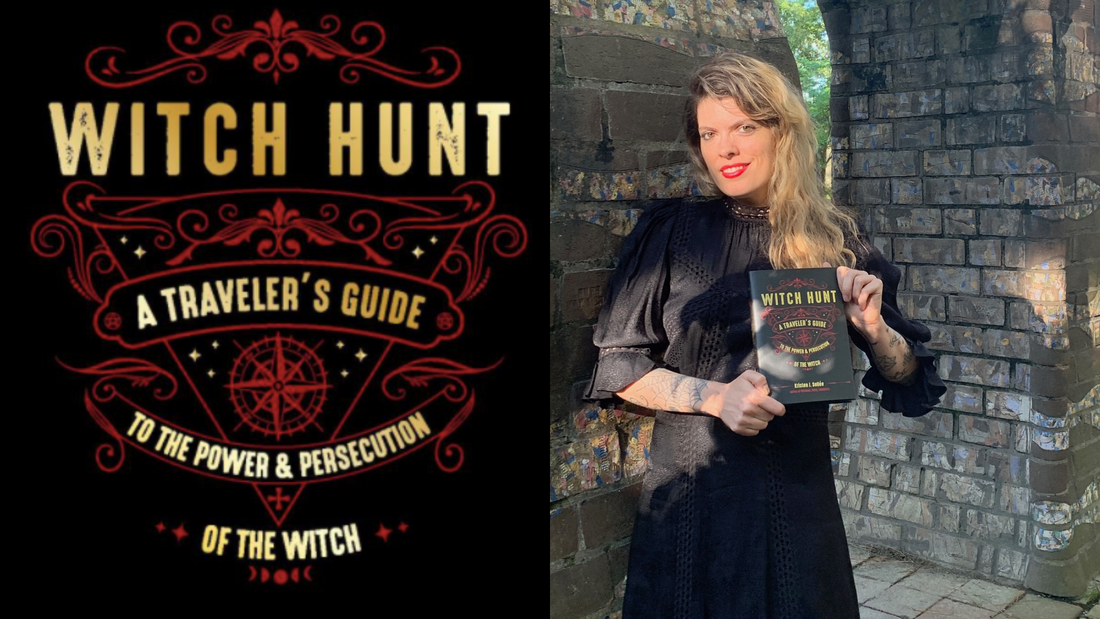



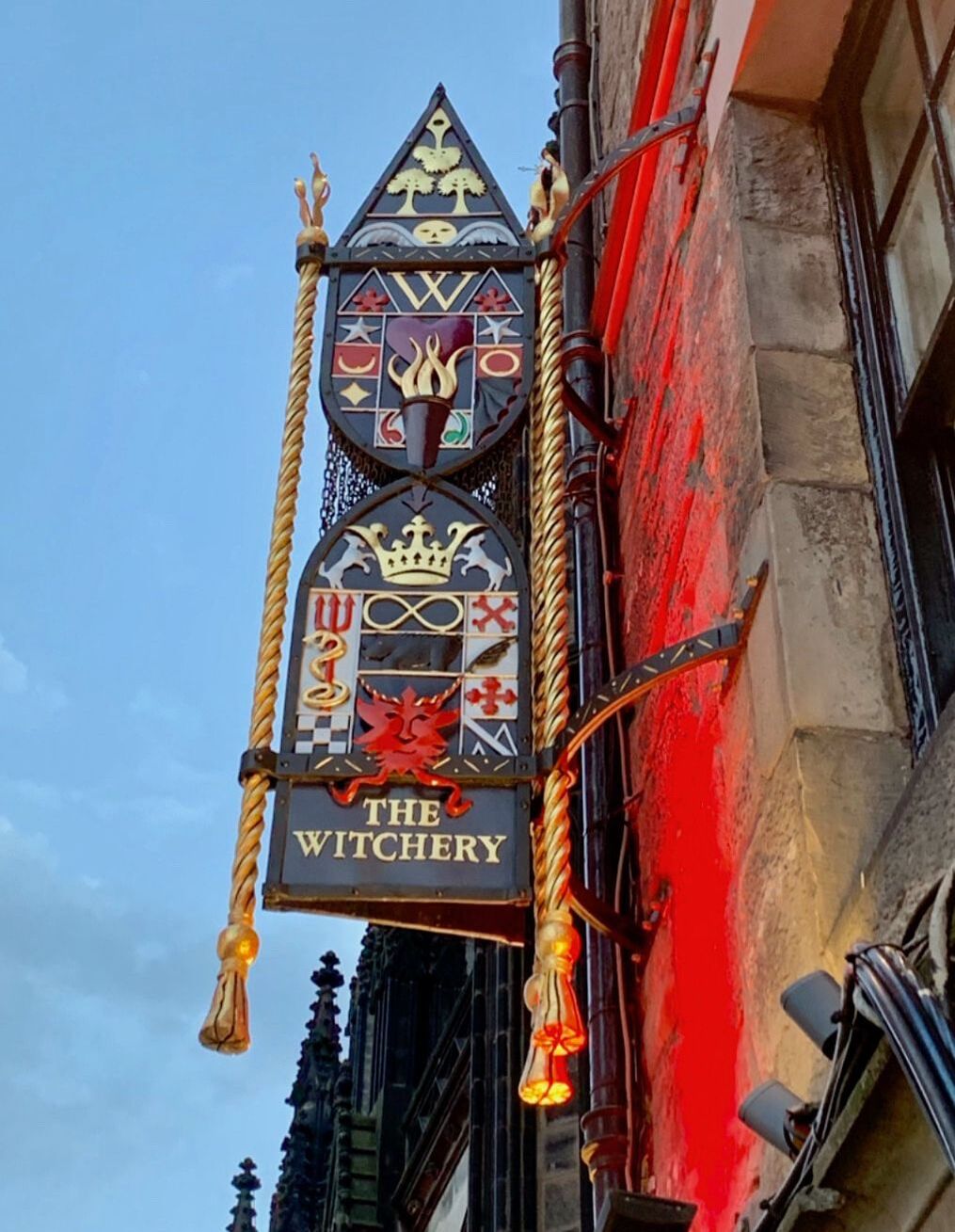




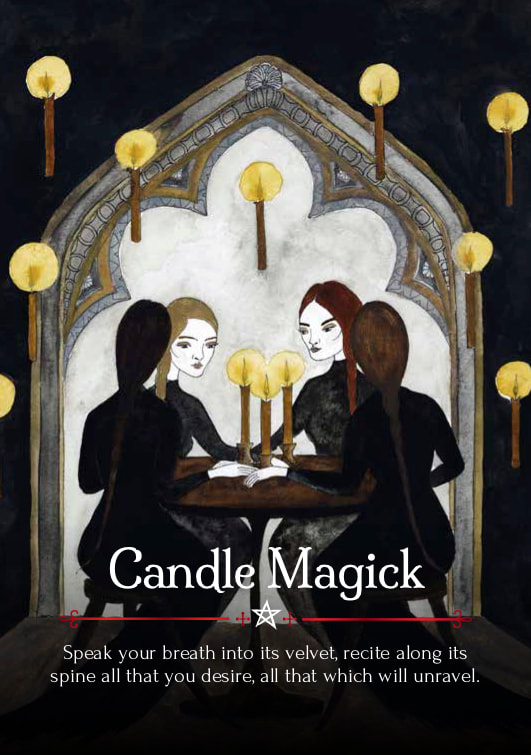


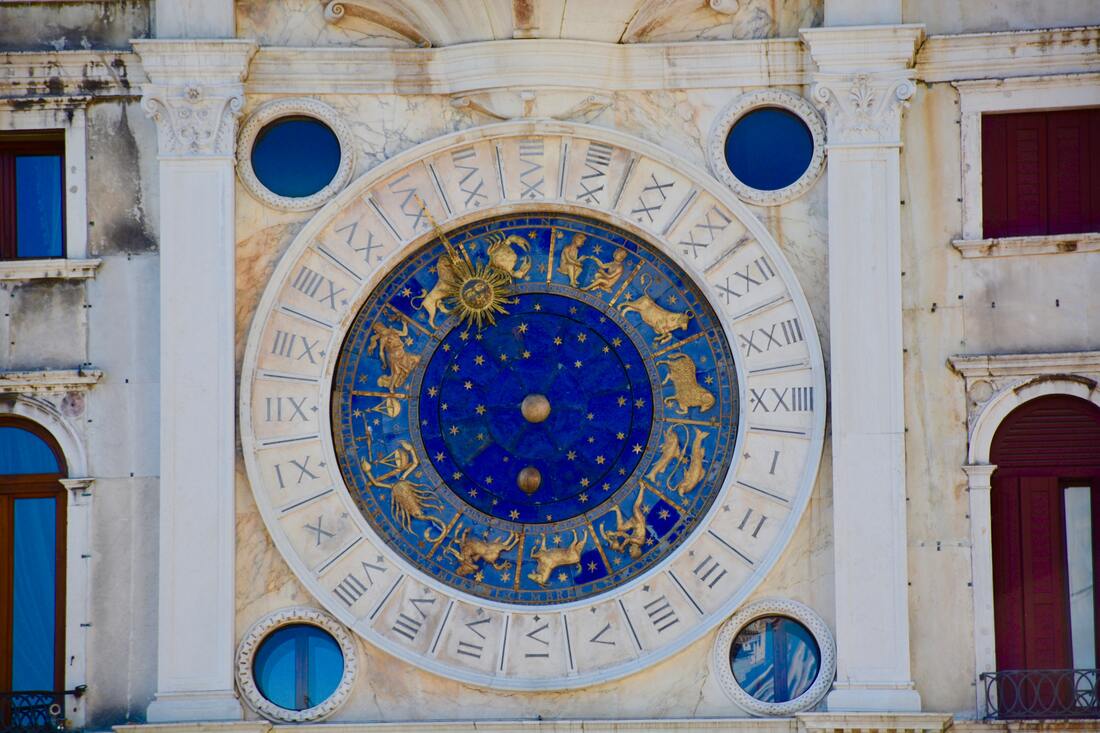



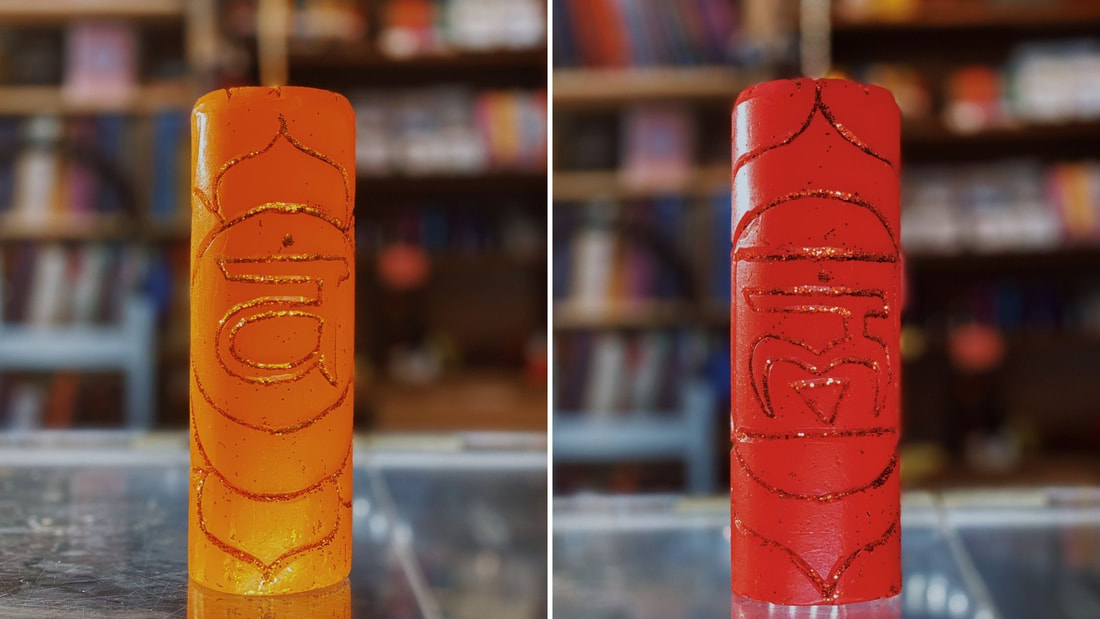
 RSS Feed
RSS Feed